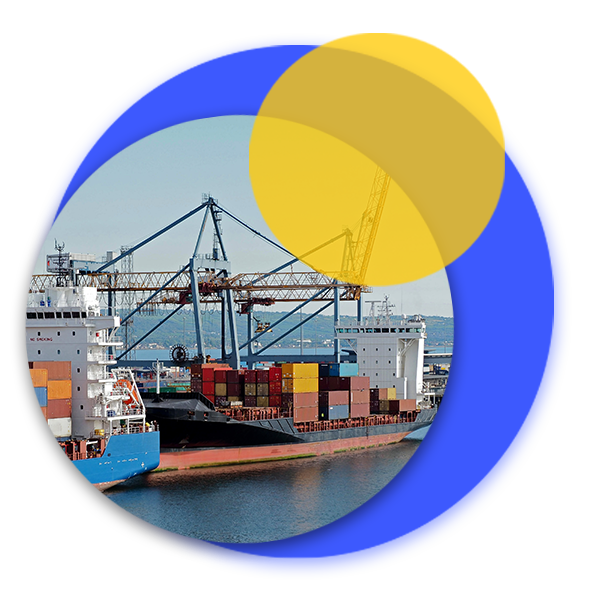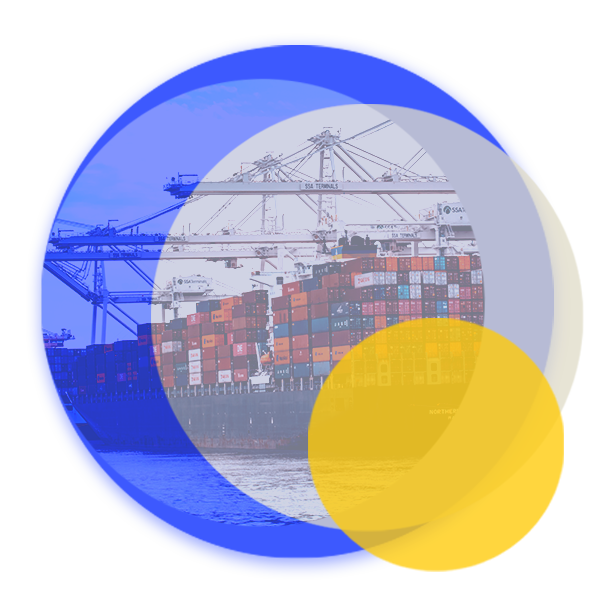About Sealey
Founded in 1978, Sealey is a leading brand of professional tool and workshop equipment. They currently have over 10,000 different product lines including hand tools, power tools and equipment for servicing vehicles. Based in East Anglia, Sealey ship tools nationally and internationally to over 20 countries.

Export paperwork and administration challenges caused by Brexit
Following Brexit, the process of importing goods to Northern Ireland changed and became much more onerous due to the amount of paperwork required. If you move goods in or out of Northern Ireland, the UK Government provides the Trader Support Service (TSS) which guides businesses through any changes due to the implementation of the new Northern Ireland protocol.
Sealey found themselves needing to submit declarations to the UK Government Trader Support Service via the TSS website. As part of the process, they are required to make a declaration for every trailerful of goods they ship across the Irish Sea, and they do this almost every day. A trailerful of goods is usually made-up of multiple consignments, each destined for a separate customer in Northern Ireland.
Each consignment is made up of multiple different items of tools and workshop equipment. On average, a trailer / declaration has over 200 different goods lines, which means that's 200 lines of data they need to enter on the TSS website per day!

A new digital solution to reduce overheads
To support the manual entry, Sealey were already producing a report from their internal stock and ordering system in a spreadsheet format. Staff would use this file to manually enter the data into the TSS website.
Sealey were aware that the TSS were offering an API for declaration data submission and wanted PDMS to join the two together. Our system takes the data in CSV format, parses and validates it into normalised tables in its own system database, for the three levels in the data hierarchy - Declaration, Consignments and Goods.
It then loops over the new data, sending it to the TSS API in the correct order, one item at a time. The Declaration is submitted first which generates an ID to use when sending the Consignments and Goods information. It now takes less than one minute to submit a reasonably big file to the TSS website.
An additional feature is a workaround for the limitation of a maximum of 99 goods items per consignment. Sealey, like many other companies, regularly have more than 99. PDMS’ system splits large consignments into multiple small consignments to handle this restriction.

Seamless integration with the TSS service
There are three types of records required by the TSS:
- ENS - Entry Summary Declaration
- SFD - Simplified Frontier Declaration
- SDI - Supplementary Declaration
The initial upload creates a draft ENS which they can submit via our system. This generates a SFD more or less immediately by TSS, and when a shipment of goods arrives in Northern Ireland, a draft SDI is created. PDMS’ solution allows for any draft SDI records to be updated and resent.
After the initial submission of the ENS record, our system can check the TSS for updates. For example, it is possible to check if an SFD or Supplementary Declaration record has been created yet and retrieve information about the records including their new ID.

Delivering huge time savings and freeing up valuable members of staff
- Saving two members of staff a minimum of three hours of work a day sorting the ENS entries allowing them to continue with their normal day job
- For ease, Sealy staff were grouping consignments by customer however a single ENS might have had three invoices on it, but through the API it is possible to create one ENS per invoice
- Reducing the equivalent of three full time members of staff sorting the SDI entries to one person for approximately one hour a day

